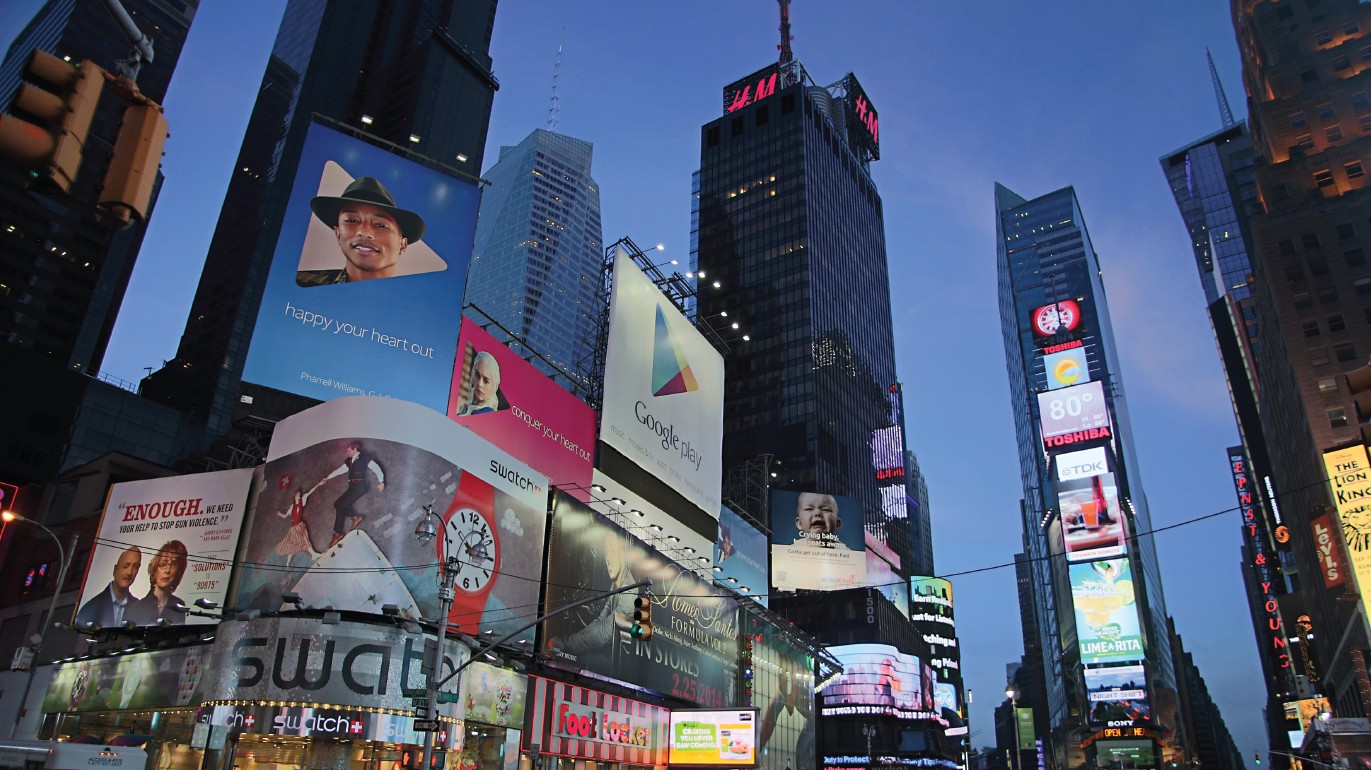Question: Exit Signs
I’ve noticed that the color, size, and visibility of exit signs varies greatly. Do UL requirements permit these variances?
Answer: UL 924
UL listed exit signs must meet the requirements outlined in UL 924, the Standard for Emergency Lighting and Power Equipment. These fixtures are intended for installation in accordance with the National Electrical Code, ANSI/NFPA 70, and the Life Safety Code, ANSI/NFPA 101. Some of the listing requirements are as follows.
Color — Typical exit sign letters are red, but UL also lists signs with green lettering. The requirement for a specific color may be included in state or local codes, but UL has no color requirements.
Letter Size—UL 924 requires that exit sign letters be at least 6 inches high. The 6-inch tall letters must be 2 inches wide (except for the 1): the stroke width must be 3/4 inch, and the spacing between the letters 3/8 inch. For larger signs, the letters must increase in size proportionally, to make them legible from a distance.
Luminance— The luminance specified in UL 924 and NFPA 101 is 0.06 ft. lamberts. This is based on research conducted by UL and industry in the mid-1970s that compared the visibility of internally illuminated signs and signs with self-contained energy sources.
Viewing Distance—All exit signs are evaluated for a viewing distance of 100 feet, based on the requirements in NFPA 101. In UL924, there are two tests that determine compliance with these viewing distance requirements—UL’s analytical luminance visibility test conducted on a photometer and a 100-foot observation visibility test. An exception to this rule allows manufacturers to request that their self-luminous or electroluminescent exit signs be tested at 50, 75, or 100 feet. UL would require these signs to be marked with the legible viewing distance.
Self-luminous Materials—Self-luminous signs are powered continuously by a self-contained energy source, other than a battery. An example is radioactive tritium gas. Because this gas has a limited life expectancy, UL requires a replacement date to be marked on the sign. This date must be visible after installation.
Photoluminescent Materials—Since photoluminescent materials require exposure to light for activation of their luminescent properties and have a limited life expectancy, they may be used only in combination with other methods of illumination.
Floor Proximity Egress Path Marking Systems—These path marking systems are intended for indoor installation in low level locations on floors, or on walls at or near the floor, to provide a clearly marked path of escape during emergency situations. Photoluminescent materials may be evaluated for their suitability as a floor proximity marking system in accordance with UL 1994, the Standard for Low Level Marking and Lighting Systems.
Exit Fixture Retrofit Kits—Exit fixture retrofit kits consist of parts and/or subassemblies intended for field installation in listed exit fixtures. They are intended to convert the light source of an exit fixture, i.e. incandescent to fluorescent.
The names of listed exit sign manufacturers appear in the product category Exit Fixtures (FWBO) in the Electrical Construction Materials Directory (Green Book). The guide card listing information also appears in the General Information Directory (white book). Exit fixtures are evaluated for installation at or near a ceiling or above a door, unless marked for use at floor level. Exit fixtures that are suitable for use at floor level have been subjected to additional tests for mechanical abuse. Exit fixtures should not be confused with “exit markers,” which are products that are UL classified for use in listed floor proximity egress path marking systems.










Find Us on Socials